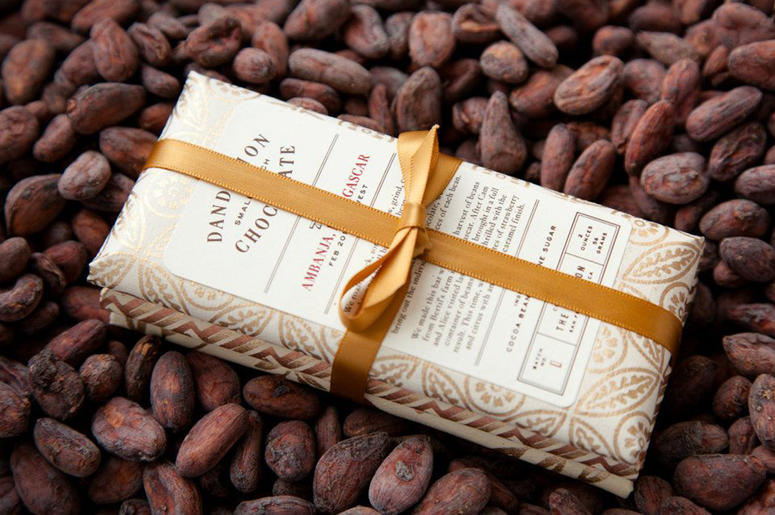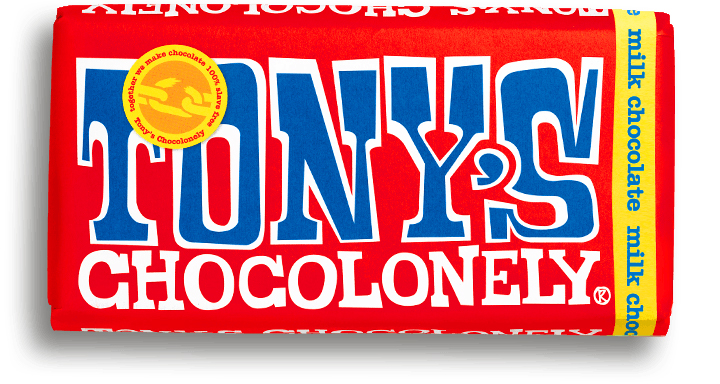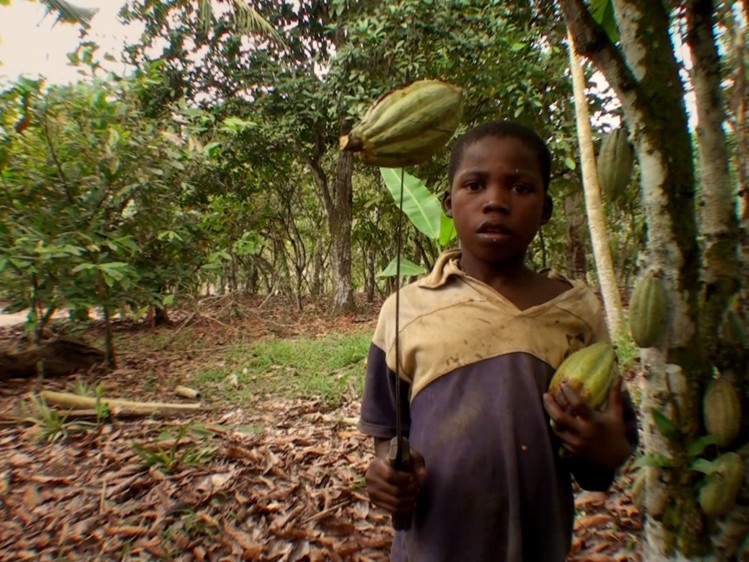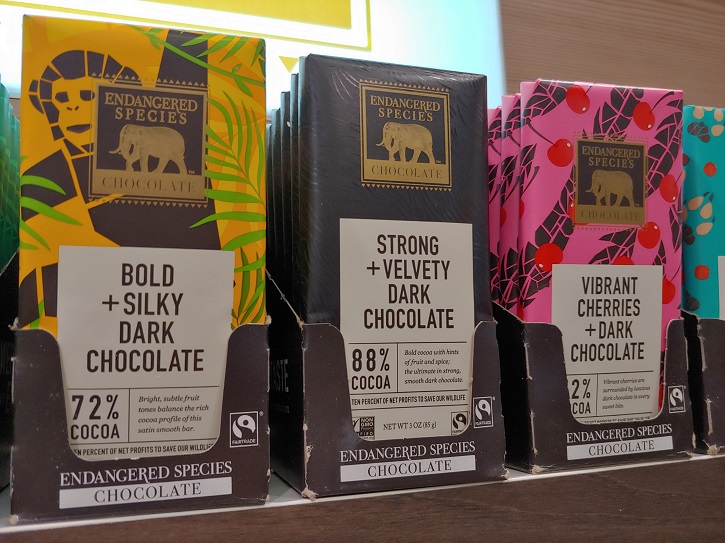What are niche chocolate brands doing differently?
July 3, 2019
protecting the workers and protecting the earth.
I’ve recently become addicted to chocolate.
I blame it entirely on work. I always liked chocolate but never made a habit of eating it. It was never on my shopping list. But since taking on some brand work for a niche player in the premium chocolate market, I now view it as a food substitute.
I never really understood what makes eating chocolate so satisfying, aside from the fact that it tastes absolutely, irresistibly delicious. It turns out it’s also got a lot of the same hormones and neurotransmitters as some more powerfully addictive substances. Hormones and neurotransmitters like dopamine, theobromine, anandamide and serotonin that make you happy, relieve stress and elevate mood. And unlike most foods, chocolate delivers its mood-altering payload straight to your brain. It doesn’t wait until it gets to your stomach.
All of this may help to explain why it is an $83 billion business worldwide. We consume 7.2 million metric tons of it a year. The average British, Swiss or German consumer eats 24 pounds of it a year – the same as the amount of seafood that they eat annually.
It’s a very, very busy category. It’s said that in 2008, a new chocolate brand launched every hour on average. And unlike the mainstream brands like Mars, Hershey, Nestle and Cadbury, these new brands are targeting very specific market niches. There are free-from bars (no gluten, no dairy, no sugar, no GMO, etc.). There are artisanal brands focused on single-source, unique terroir and small batch production.
There are organic bars, a sub-category that has become over-saturated. There is premium chocolate (brands like Lindt and Ghirardelli). Then there is fine chocolate, where the price of the bar can be as high as $13, packaged in handcrafted gift boxes and made in small batches that are often sold out. Terms like ‘single source, ‘bean-to-bar’ and ‘sustainable source’ are bringing fine chocolate more in line with categories of craft beers and fine wine.

There is also a category referred to as cause-related. People don’t buy chocolate primarily for social or environmental reasons, but more and more niche brands are shining a light on the dark side of the cacao business. It is one of the worst industries for the use of child and slave labour. Take a brand like Tony’s Chocolonely. On first glance, it looks like a fun bar for kids. Look again. Its whole focus is on ‘breaking the chain’ of slavery in the cacao industry. Begun by a Dutch journalist who was exploring the use of slaves, the brand actually went to court to force the big chocolate producers to declare that slaves were NOT being used to grow or process their cacao. None of them could do it. Tony’s was able to have the court officially designate his product as the only wholly slave-free brand on the market.

Used to be all the marketing effort went into the packaging. Chocolate is an impulse buy for the most part, and before the internet, the battle for your taste buds happened almost entirely at shelf. Now, however, people who are interested in niche brands are researching the product online first and then finding out where to buy it, whether that’s online or on the shelf. This means that storytelling – especially for these niche products – has become hugely important, and the story needs a bigger canvas than the package can give it. So the internet wins.

While big corporate brands allow social and environmental crimes to continue in their supply chains, the niche players are, for the most part, working very hard in the opposite direction. There’s no need, for instance, to clear cut the rainforest to make cacao plantations. The natural habitat of cacao trees is the floor of the rainforest, where they are shaded by the arboreal canopy. But clearcutting exposes the plants to full sun, which means higher productivity. It also means much less rainforest and more climate impact.
There are many other causes being embraced by these brands. Who knew you could eat chocolate and make a positive social or environmental impact? If you pick the right brand, it won’t only taste good, but it will do good. It’s nice to have that choice.








